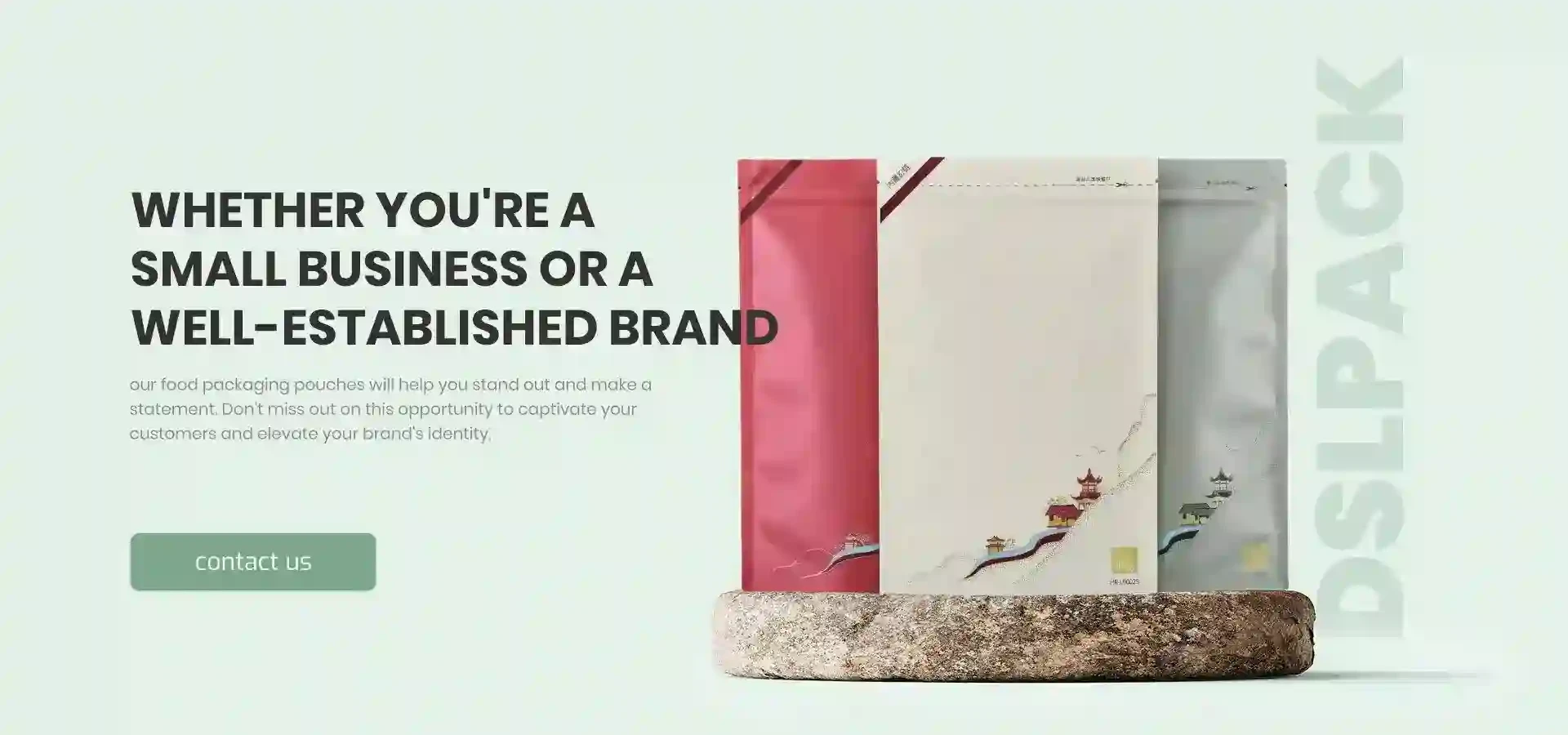aqueous vs uv coating
Aqueous vs. UV Coating A Comprehensive Comparison
In the world of printing and finishing, choosing the right coating for your printed materials is crucial. Among the various options available, aqueous and UV coatings have gained significant popularity due to their unique properties and benefits. This article delves into the differences between these two types of coatings, highlighting their characteristics, applications, and the advantages they offer.
Understanding Aqueous Coating
Aqueous coating is a water-based coating that is applied to printed materials as a protective layer. It serves multiple purposes, such as enhancing the appearance of prints, providing a smooth finish, and protecting against scratches and fingerprints. Aqueous coatings are primarily known for being environmentally friendly, as they contain lower levels of volatile organic compounds (VOCs) compared to their solvent-based counterparts.
One of the most significant advantages of aqueous coatings is their quick drying time. The water evaporates rapidly, allowing for faster turnaround times during the printing process. Additionally, aqueous coatings can be applied to a wide variety of substrates, including coated and uncoated papers, which increases their versatility.
However, aqueous coatings have their limitations. While they provide a decent level of protection, they are less resistant to abrasions and chemicals compared to UV coatings. Furthermore, aqueous coatings may not be suitable for certain finishing techniques, such as foil stamping or deep embossing, which could compromise the quality of these effects.
Exploring UV Coating
UV coating, short for ultraviolet coating, is a type of liquid coating that is cured using ultraviolet light. When the coating is applied to a printed surface, it is exposed to UV light, which creates a chemical reaction that rapidly hardens the coating, forming a rigid, high-gloss finish. This process ensures a durable protective layer that is resistant to scratching, scuffing, and moisture.
One of the standout features of UV coatings is their exceptional gloss and clarity. The high-shine finish not only enhances the visual appeal of printed materials but also makes colors appear more vibrant and saturated. UV coatings are ideal for applications where a premium look and feel are paramount, such as in marketing materials, packaging, and high-end publications.
The durability of UV coatings makes them an excellent choice for products that will be subjected to heavy use or handling. However, the application process can be more complex, and not all substrates can tolerate UV curing. Some materials may warp or become distorted under UV light, limiting its use compared to aqueous coatings.
aqueous vs uv coating

Comparative Analysis
When deciding between aqueous and UV coatings, it is essential to consider various factors, including the specific requirements of the project, budget constraints, and environmental considerations.
1. Durability UV coatings typically outperform aqueous coatings in terms of durability and resistance to wear and tear. If a project requires high resistance to scratches and moisture, UV coatings may be the better choice.
2. Environmental Impact Aqueous coatings are generally considered more environmentally friendly due to their lower VOC content. For businesses concerned about sustainability, aqueous coatings may align better with green practices.
3. Cost Aqueous coatings are often less expensive than UV coatings, making them a cost-effective option for larger print runs or projects with budget constraints.
4. Finish If the visual impact is crucial, UV coatings offer a high-gloss finish that enhances colors and details, while aqueous coatings typically provide a more subdued look.
5. Application Flexibility Aqueous coatings can be applied to a wider range of substrates without the risk of damaging the material, which can be a critical factor for specific projects.
Conclusion
Ultimately, the choice between aqueous and UV coatings depends on the specific needs of the project. Businesses must weigh the factors of durability, environmental impact, cost, finish, and application flexibility to determine the best solution. By understanding the strengths and limitations of both aqueous and UV coatings, printers and marketers can make informed decisions that enhance the quality of their printed materials while meeting their operational goals. Whether opting for the eco-friendliness of aqueous coatings or the durability of UV coatings, each option provides valuable benefits that can elevate the final product.













